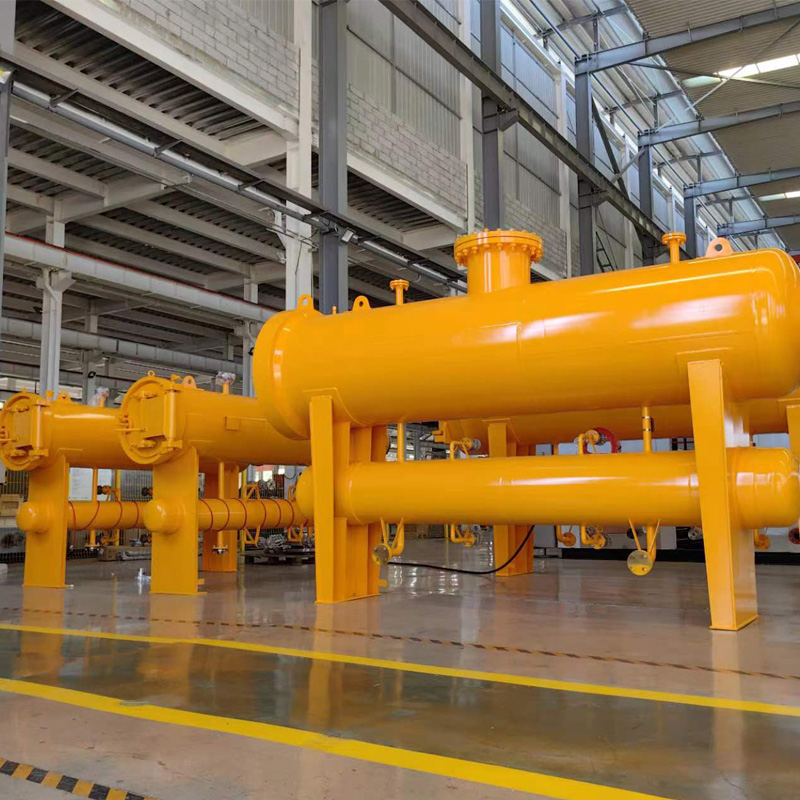
Dec . 03, 2024 20:03
Back to list
Understanding the Functionality of Natural Gas Pressure Regulation Valves in Distribution Systems
Understanding Natural Gas Pressure Reducing Valves
Natural gas is a fundamental energy source used in homes and industries worldwide. Its safe and efficient distribution relies heavily on a variety of technologies, one of which is the pressure reducing valve (PRV). These devices are crucial in managing the pressure of natural gas as it travels from high-pressure supply lines to end-user applications, ensuring safe and optimal performance.
What is a Pressure Reducing Valve?
A pressure reducing valve is a mechanical device designed to decrease the pressure of gas from a high-pressure supply to a lower, usable level. In the context of natural gas systems, it is essential for preventing damage to appliances and ensuring safety. The PRV operates by automatically adjusting its internal mechanism based on the downstream demand. This means that it maintains a consistent pressure despite fluctuations in the supply line or changes in consumption at the end user.
How Does it Work?
The operation of a pressure reducing valve involves several components the inlet and outlet ports, a diaphragm, a spring, and an adjustable knob or screw. When high-pressure natural gas enters the valve through the inlet port, it acts upon the diaphragm, which is connected to a spring. The pre-set tension of the spring determines the output pressure.
As gas flows into the valve, the diaphragm moves against the spring tension until the set point is reached. If the downstream demand increases and the flow rate rises, the pressure on the diaphragm decreases, allowing the spring to push it back into position, which effectively reduces the gas flow to maintain the desired pressure. Conversely, if demand decreases, the valve will allow more gas to flow, maintaining a steady output pressure.
Importance in Gas Distribution
Pressure reducing valves are vital for multiple reasons
1. Safety High-pressure natural gas can be dangerous and could lead to accidents, including explosions or equipment failure. PRVs help prevent such situations by regulating the pressure before it reaches residential or commercial appliances.
natural gas pressure reducing valve

2. Efficiency By maintaining optimal pressure levels, PRVs reduce energy wastage. Appliances designed to work at a specific pressure will operate more efficiently when supplied with gas at that pressure.
3. Equipment Protection Many gas-powered devices have specific pressure requirements. Excessive pressure can lead to damage or malfunction, resulting in costly repairs. PRVs ensure that appliances receive gas at their required pressure, extending their lifespan and enhancing performance.
Types of Pressure Reducing Valves
There are several types of PRVs suitable for natural gas applications, including
- Direct-acting PRVs These are the simplest and most common type, directly adjusting based on the downstream pressure. - Pilot-operated PRVs These are more complex and can handle higher flow rates and pressure changes effectively, making them suitable for larger systems. - Adjustable PRVs These allow users to set the desired output pressure according to specific needs, providing flexibility for varied applications.
Maintenance and Considerations
Regular maintenance of pressure reducing valves is essential for ensuring their continued performance and safety. This includes periodic inspection for leaks, worn-out parts, and testing the pressure settings. Users should also consider the appropriate size and type of valve based on their gas supply system and appliance requirements, ensuring efficient and safe operation.
Conclusion
Natural gas pressure reducing valves play a critical role in the safe and efficient distribution of gas. By regulating pressure levels and protecting appliances, PRVs are essential components in both residential and industrial settings. Understanding their function and importance can help users appreciate the technology behind their everyday energy use and encourage safe practices in gas management. As the demand for energy-efficient solutions continues to rise, the role of pressure reducing valves will only become more significant in the evolving landscape of natural gas distribution.
Latest news
-
Safety Valve Spring-Loaded Design Overpressure ProtectionNewsJul.25,2025
-
Precision Voltage Regulator AC5 Accuracy Grade PerformanceNewsJul.25,2025
-
Natural Gas Pressure Regulating Skid Industrial Pipeline ApplicationsNewsJul.25,2025
-
Natural Gas Filter Stainless Steel Mesh Element DesignNewsJul.25,2025
-
Gas Pressure Regulator Valve Direct-Acting Spring-Loaded DesignNewsJul.25,2025
-
Decompression Equipment Multi-Stage Heat Exchange System DesignNewsJul.25,2025

